Home>Ideas and Tips>Bedroom Color Trends Creating A Relaxing Sleep Environment
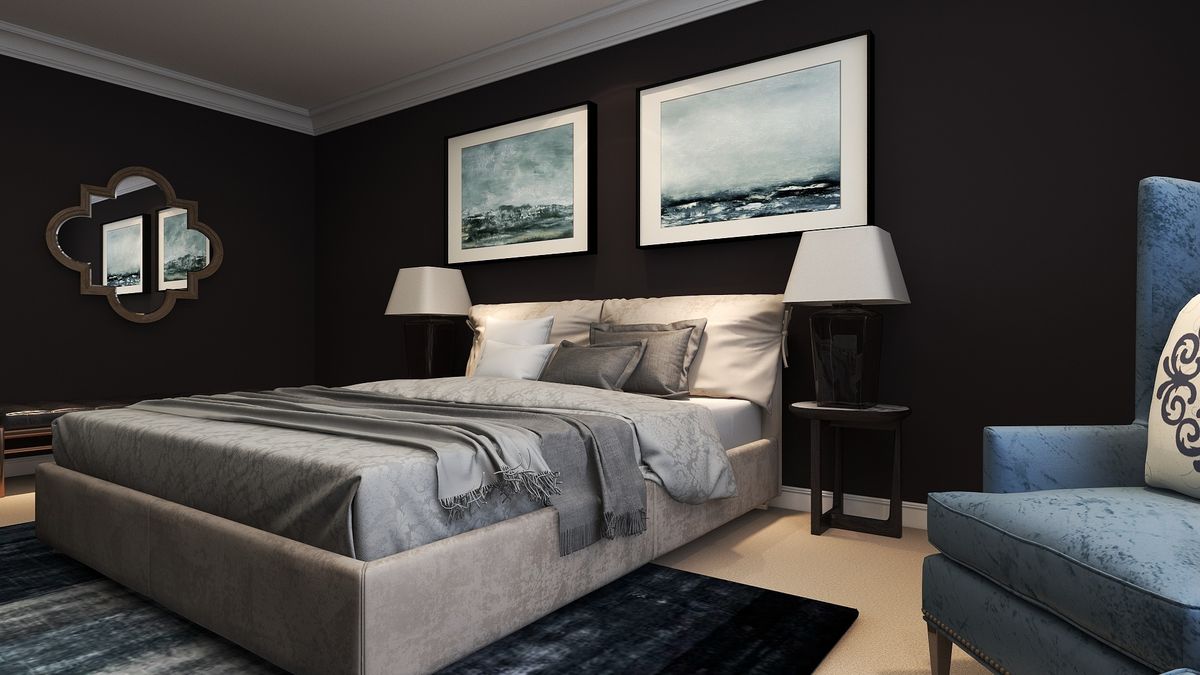

Ideas and Tips
Bedroom Color Trends Creating A Relaxing Sleep Environment
Modified: November 2, 2024
Discover the best bedroom color trends for a relaxing sleep environment. Learn how hues like blue and green can enhance your sleep quality.
(Many of the links in this article redirect to a specific reviewed product. Your purchase of these products through affiliate links helps to generate commission for Storables.com, at no extra cost. Learn more)
When it comes to designing a bedroom, one of the most crucial elements to consider is the color palette. The colors you choose for your bedroom can significantly impact your sleep quality, creating either a serene and restful environment or a stimulating and restless one. In this article, we will delve into the best bedroom colors for sleep, exploring the psychological and physiological effects of different hues, and providing practical tips for creating a relaxing sleep environment.
The Impact of Color on Sleep
Color has a profound influence on our emotions and behaviors. It can evoke feelings of calmness, relaxation, or even energy and stimulation. When it comes to the bedroom, the right color can make all the difference in preparing your body and mind for a good night's sleep. Scientific studies have shown that certain colors can trigger physiological and psychological responses, affecting heart rate, blood pressure, and overall mood.
Color Psychology
Color psychology is the study of how colors affect our emotions and behaviors. It is an area of study that has been extensively explored in various fields, including interior design and marketing. Colors can be broadly categorized into warm and cool tones, each with distinct effects on our mood and behavior.
- Warm Colors: These include shades like red, orange, and yellow. Warm colors tend to stimulate the mind and body, often associated with feelings of energy and excitement. While these colors can be beneficial in certain contexts, they are generally not recommended for bedrooms as they can make it difficult to wind down before bed.
- Cool Colors: Cool colors such as blue, green, and purple are typically calming and soothing. They are often associated with feelings of relaxation and tranquility, making them ideal for bedrooms.
Best Bedroom Colors for Sleep
While individual preferences play a significant role in choosing the best bedroom color, there are several colors that are widely regarded as conducive to a good night's sleep.
Blue
Blue is one of the most popular colors for bedrooms due to its calming and relaxing qualities. It is often associated with the tranquility of a clear sky or a calm body of water. Studies have shown that blue can reduce heart rate and blood pressure, making it easier to fall asleep and stay asleep. Soft blues, such as light sky blue or navy blue, are particularly effective in creating a serene environment.
Blue's association with relaxation is deeply rooted in psychological responses. Words like "relaxed," "safe," and "satisfied" are frequently linked to blue, which contributes to its calming effect. A survey by the Sleep Foundation found that people with blue bedrooms had the longest average sleep duration compared to those with different colored bedrooms.
However, it's important to note that darker shades of blue can sometimes evoke negative feelings like sadness or loneliness. Therefore, it's crucial to choose a lighter shade that promotes relaxation without inducing negative emotions.
Green
Green is another color that is highly recommended for bedrooms due to its calming and restorative properties. It is often associated with nature and plants, evoking feelings of comfort, peace, and hope. Green has a relaxing effect on humans and can help reduce stress levels, making it easier to fall asleep.
The color green is particularly effective because it is the color our eyes are most used to seeing in nature. This familiarity contributes to its calming effect, making it an ideal choice for bedrooms. Avoid green hues that incorporate yellow, as these can be too stimulating and may interfere with sleep.
White
While technically not a color, white is often used in bedrooms due to its association with positive words like "peace," "secure," and "relaxed." White rooms tend to stimulate the brain less than other colors, which can help promote better sleep. However, it's worth noting that white can sometimes appear too bright or harsh if not balanced with other colors or lighting.
Worst Bedroom Colors for Sleep
Certain colors can have a negative impact on sleep quality by stimulating the mind and body. These colors are generally not recommended for primary bedroom colors.
Red
Red is a highly stimulating color that can increase heart rate and blood pressure. It is often associated with excitement and energy, making it unsuitable for bedrooms where relaxation is key. Red can make it difficult to wind down at the end of the day, potentially disrupting sleep patterns.
Cyan
Cyan is another color that can be detrimental to sleep. It has a bright and stimulating effect that can interfere with relaxation, leading to insomnia and other sleep disorders.
Tips for Choosing the Best Color for Your Bedroom
Choosing the right bedroom color is not just about aesthetics; it's about creating an environment that promotes relaxation and sleep. Here are some practical tips to help you choose the best color for your bedroom:
1. Consider Your Preferences
While there are general guidelines for the best bedroom colors, individual preferences play a significant role. If you find a certain color calming and relaxing, even if it's not commonly regarded as such, it may be the right choice for your walls. Personal experiences can change how each person responds to certain colors, so it's essential to experiment and find what works best for you.
2. Think About Lighting
Before settling on a color, see how it is affected by the lighting in your room. Test the color in your bedroom's natural lighting, artificial lighting, and in the darkness level you keep the room at when you sleep. You might also consider having a brighter overhead light for daytime and a warmer-hued bedside lamp for the evening.
3. Use Matte Paint Finish
A flat or matte paint finish absorbs light, which can be beneficial for creating a calm environment. In contrast, a wall with a glossy finish tends to reflect light, which can be distracting as you try to fall asleep.
4. Combine Colors Wisely
The combination of wall color, lighting, and bedding color can change the appearance of your room. For example, if your walls are dark, using lighter-colored bedding may make your bedroom feel brighter and larger. Similarly, combining cool colors like blue or green with neutral colors like beige can create a balanced and relaxing atmosphere.
Additional Tips to Optimize Your Bedroom for Sleep
Creating a relaxing sleep environment goes beyond just choosing the right color. Here are some additional tips to optimize your bedroom for better sleep:
1. Limit Electronic Distractions
Electronics can be significant sleep disruptors because the blue light from screens can interfere with your sleep cycle. Try to keep TVs, computers, and phones out of the bedroom—or at least limit their use before bedtime. If you must use devices before bed, ensure the content you’re absorbing promotes quality rest, like sleep stories or white noise.
2. Keep It Quiet
A quiet environment is crucial for sleep. Consider using heavy curtains or earplugs to block out external noise. Additionally, floor rugs can reduce noise if a sleep partner or pet gets up during the night.
3. Maintain Cool Temperatures
Keeping your bedroom cool can significantly improve sleep quality. The ideal temperature range is between 60°F and 67°F (15°C and 19°C). A cooler environment helps regulate body temperature, which is essential for deep sleep.
4. Minimize Clutter
Clutter can reduce feelings of well-being and negatively impact sleep. Consider underbed storage or baskets to reduce the number of items on your floor. A clutter-free environment promotes relaxation and helps you focus on sleep.
Conclusion
Choosing the right bedroom color is a crucial step in creating a relaxing sleep environment. By understanding the psychological and physiological effects of different colors, you can select hues that promote relaxation and reduce stress levels. Whether you opt for calming blues, soothing greens, or neutral whites, remember that individual preferences play a significant role. Experiment with different colors and lighting conditions to find what works best for you. By combining these tips with other strategies like limiting electronic distractions and maintaining a cool, quiet environment, you can create a sanctuary that fosters restful sleep and rejuvenation.
In conclusion, the colors you choose for your bedroom have a profound impact on your sleep quality. By selecting calming colors like blue and green, and following practical tips such as using matte paint finishes and minimizing clutter, you can create an environment that promotes relaxation and ensures a good night's sleep.
Was this page helpful?
At Storables.com, we guarantee accurate and reliable information. Our content, validated by Expert Board Contributors, is crafted following stringent Editorial Policies. We're committed to providing you with well-researched, expert-backed insights for all your informational needs.
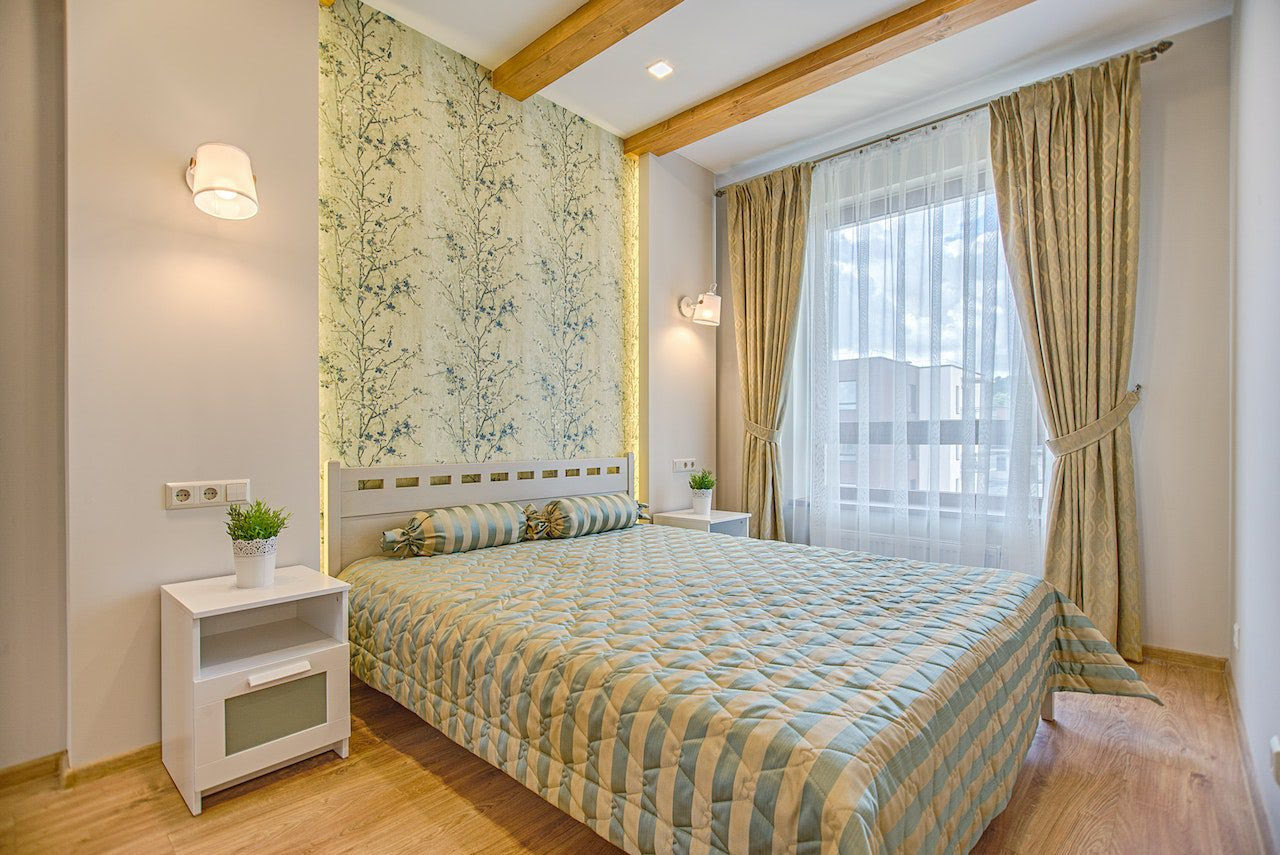
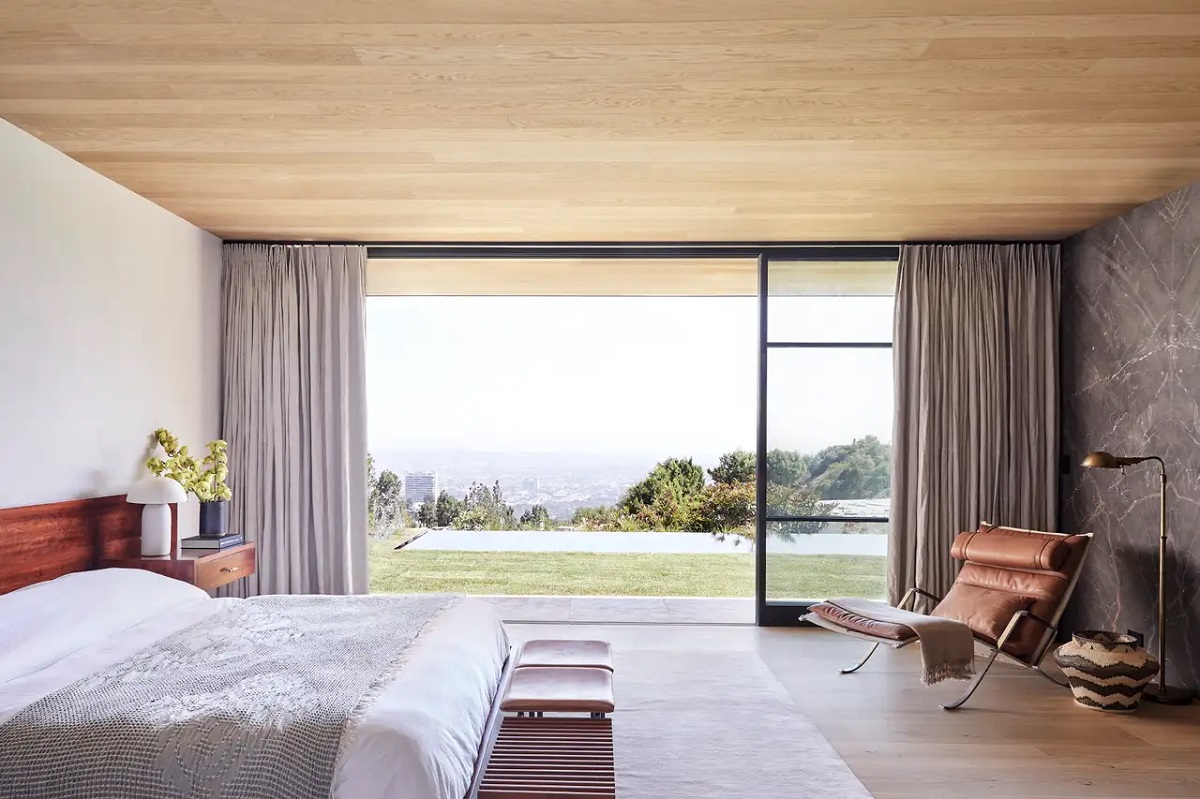
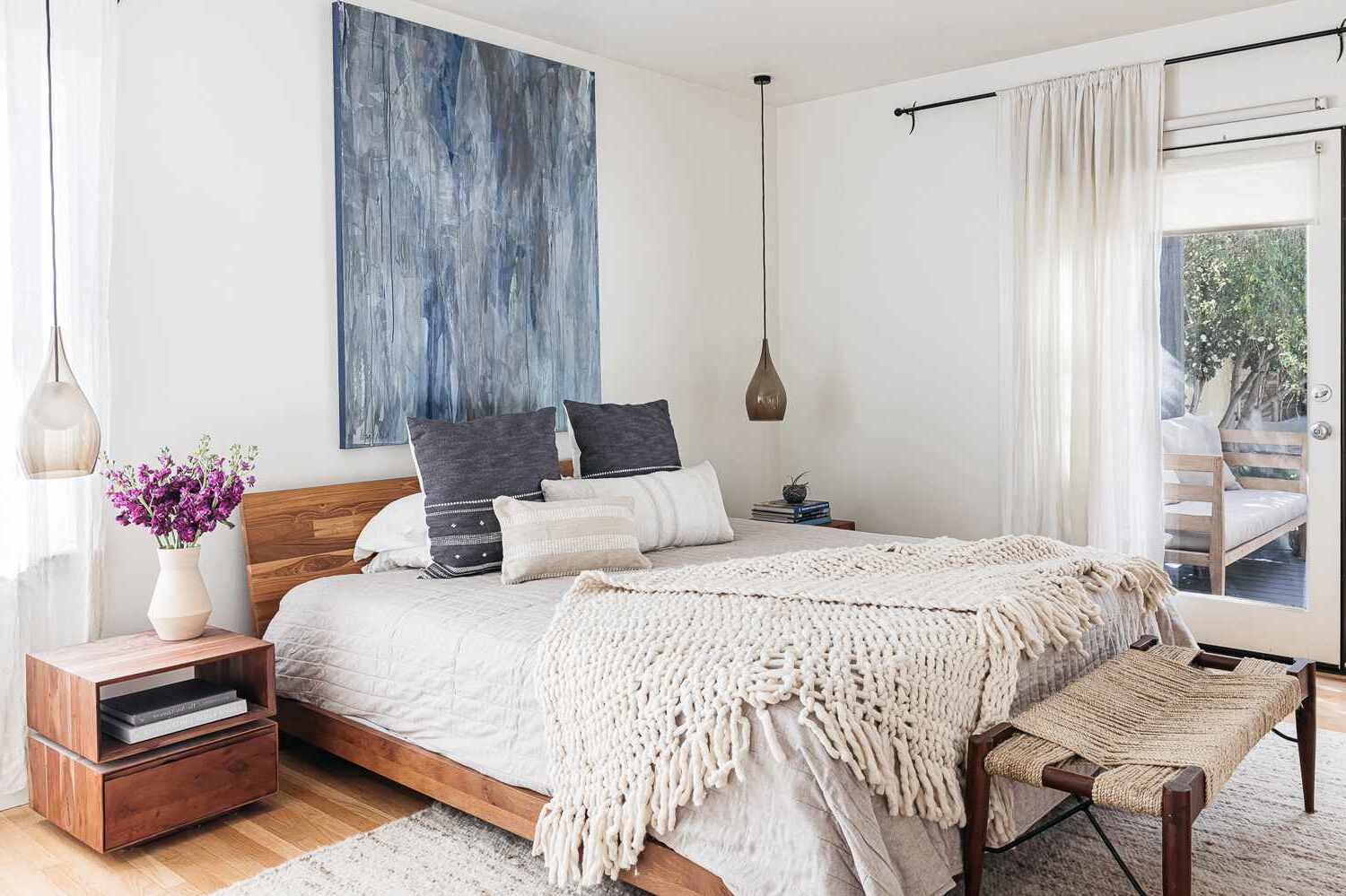
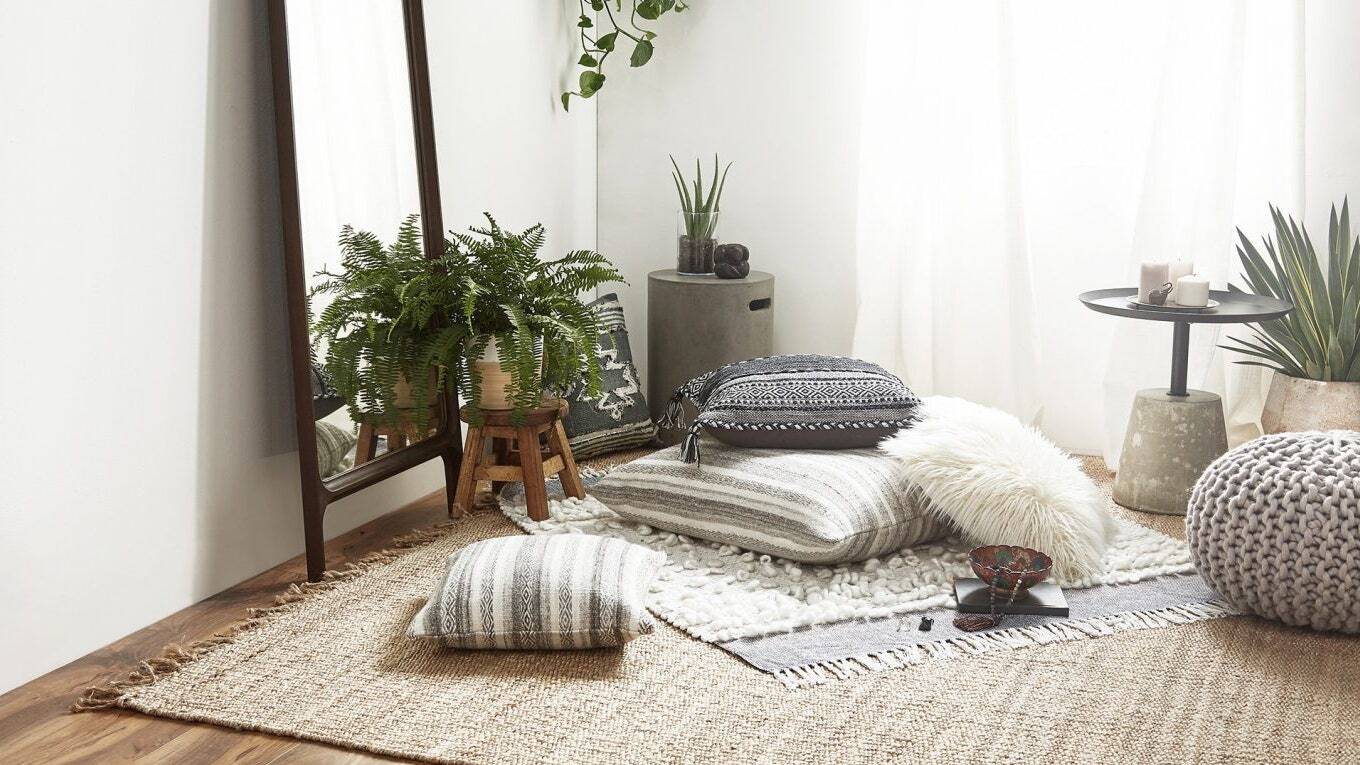
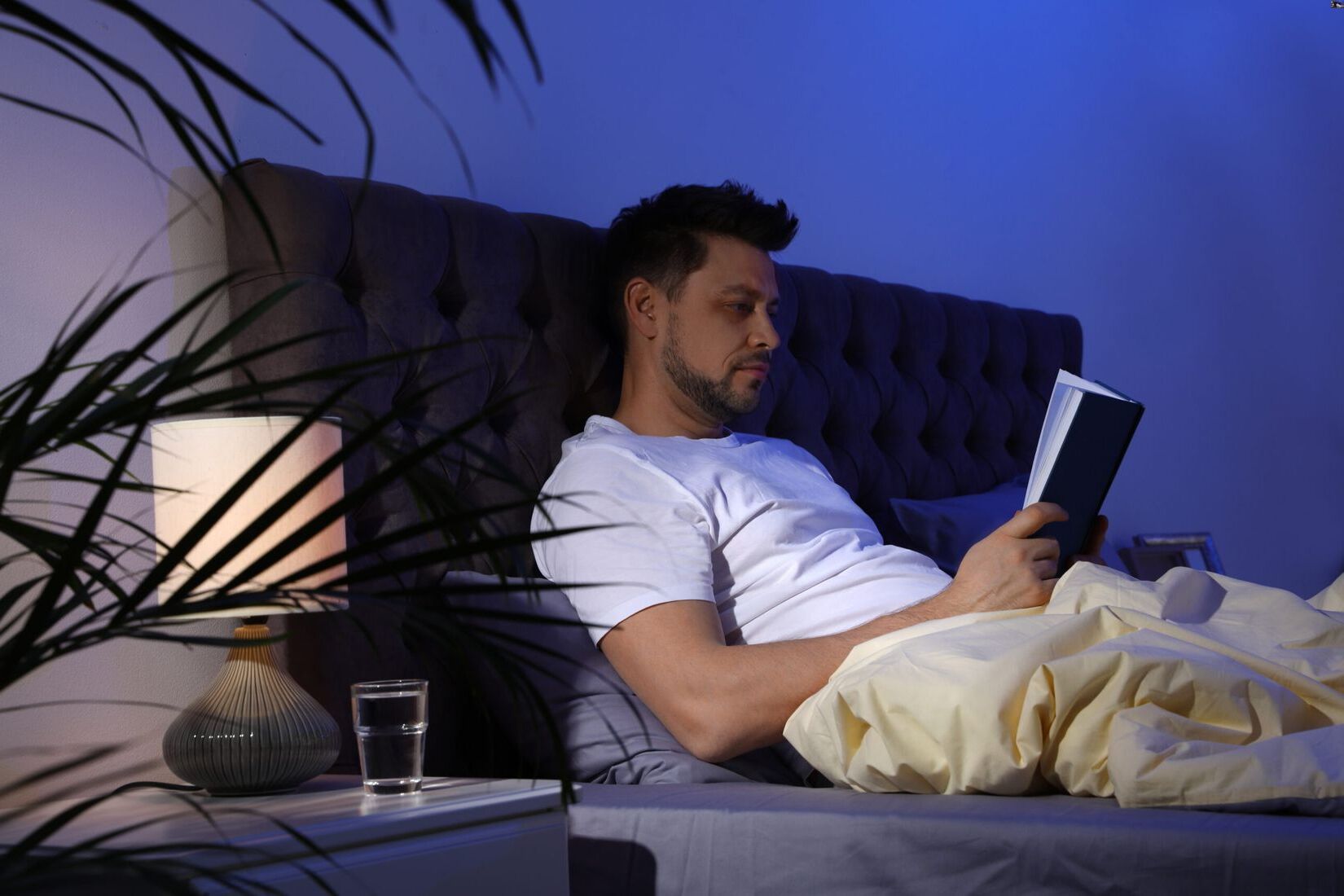
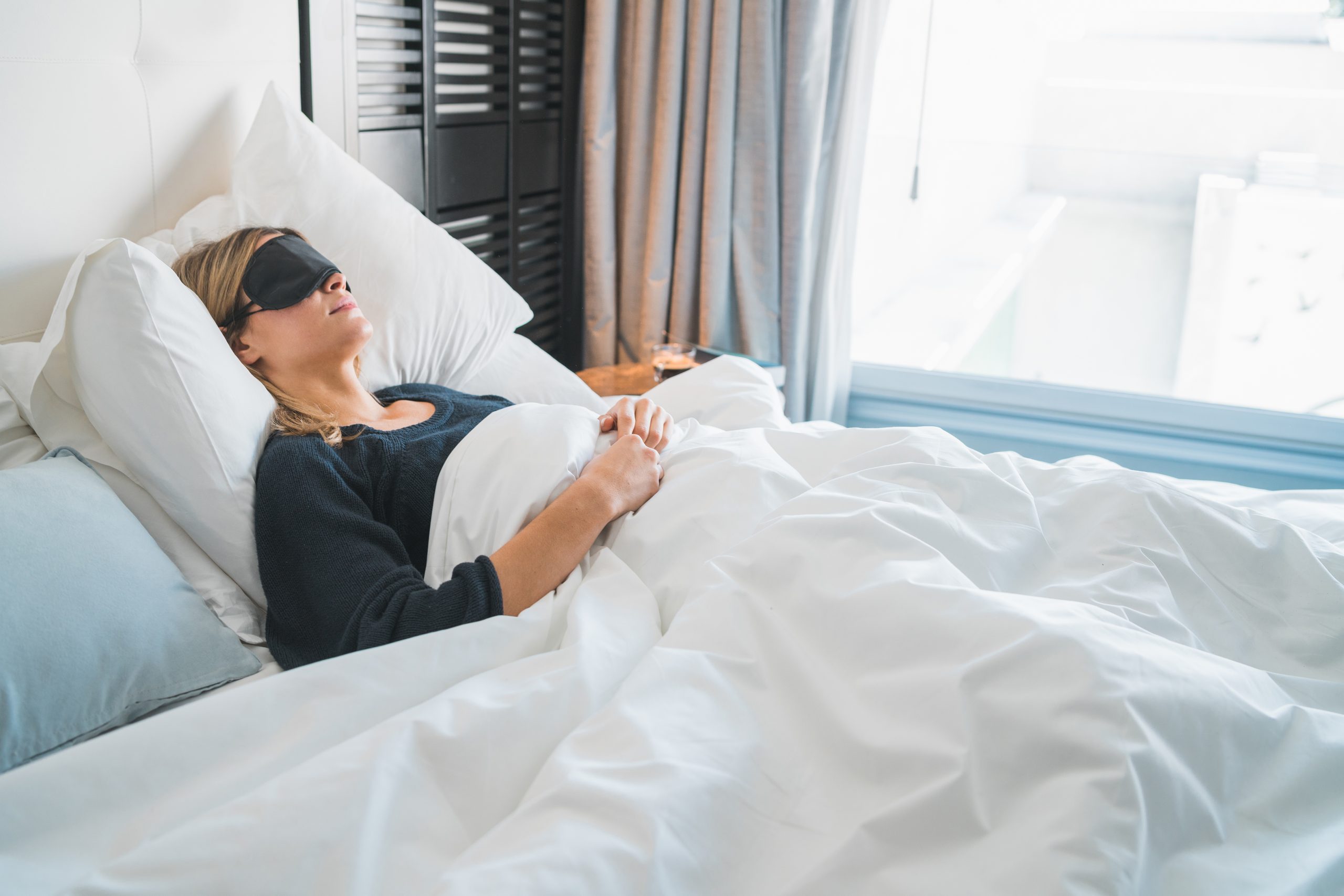
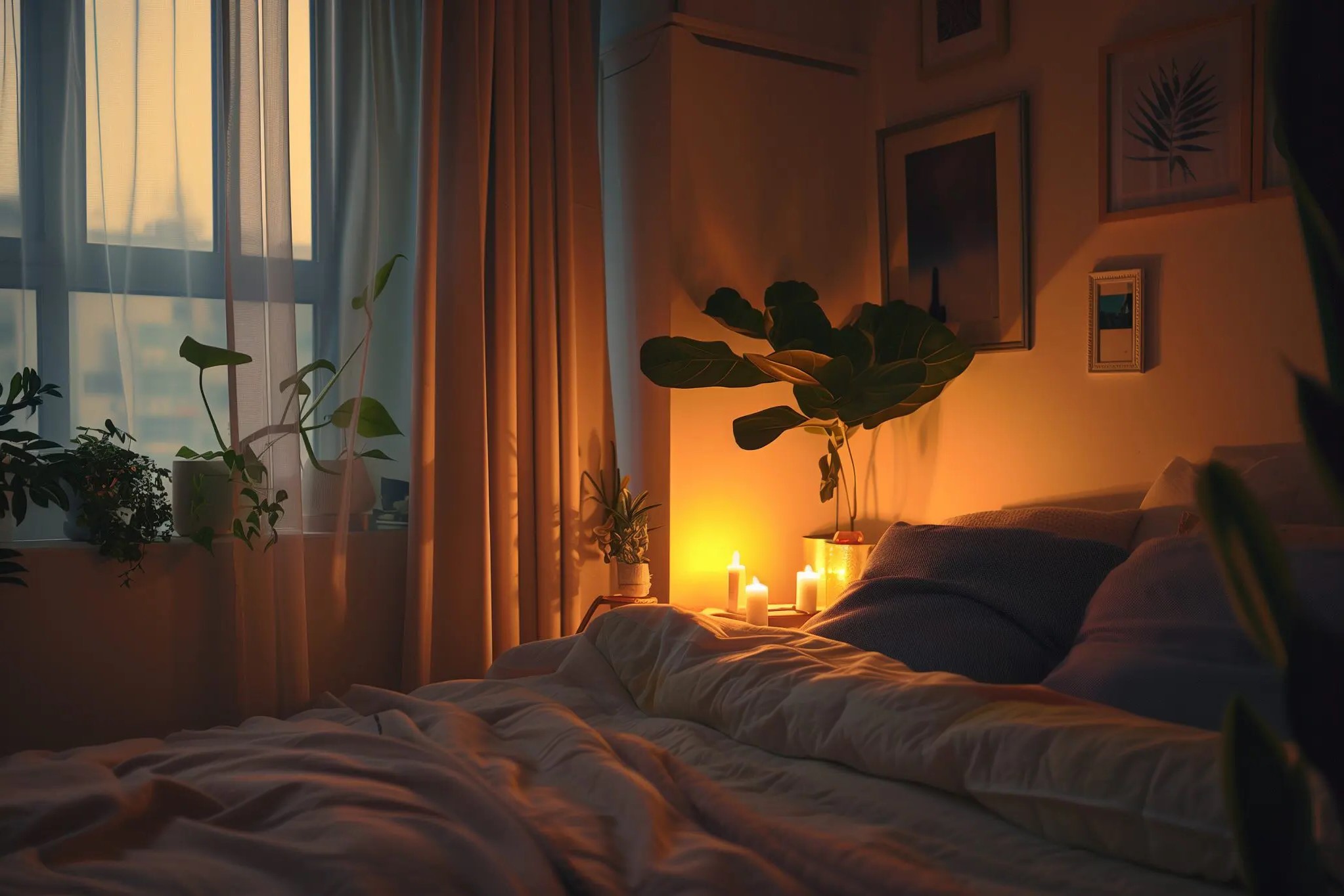
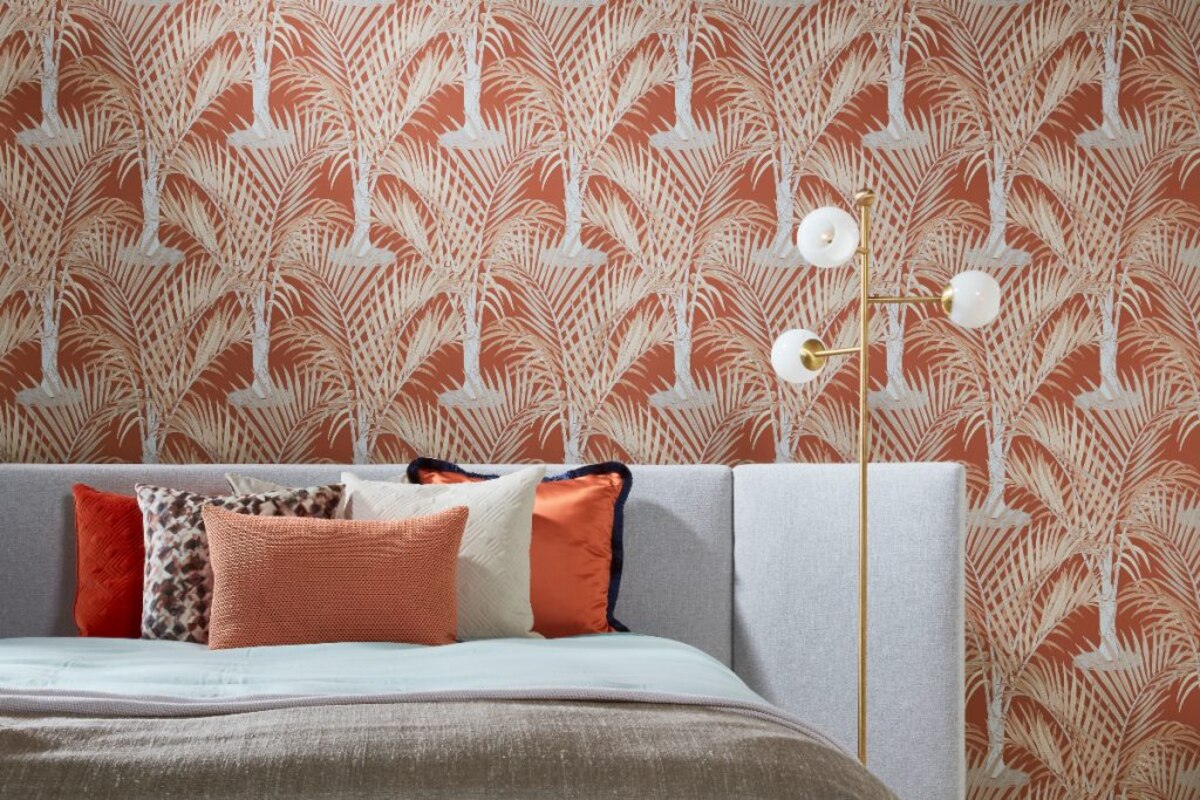
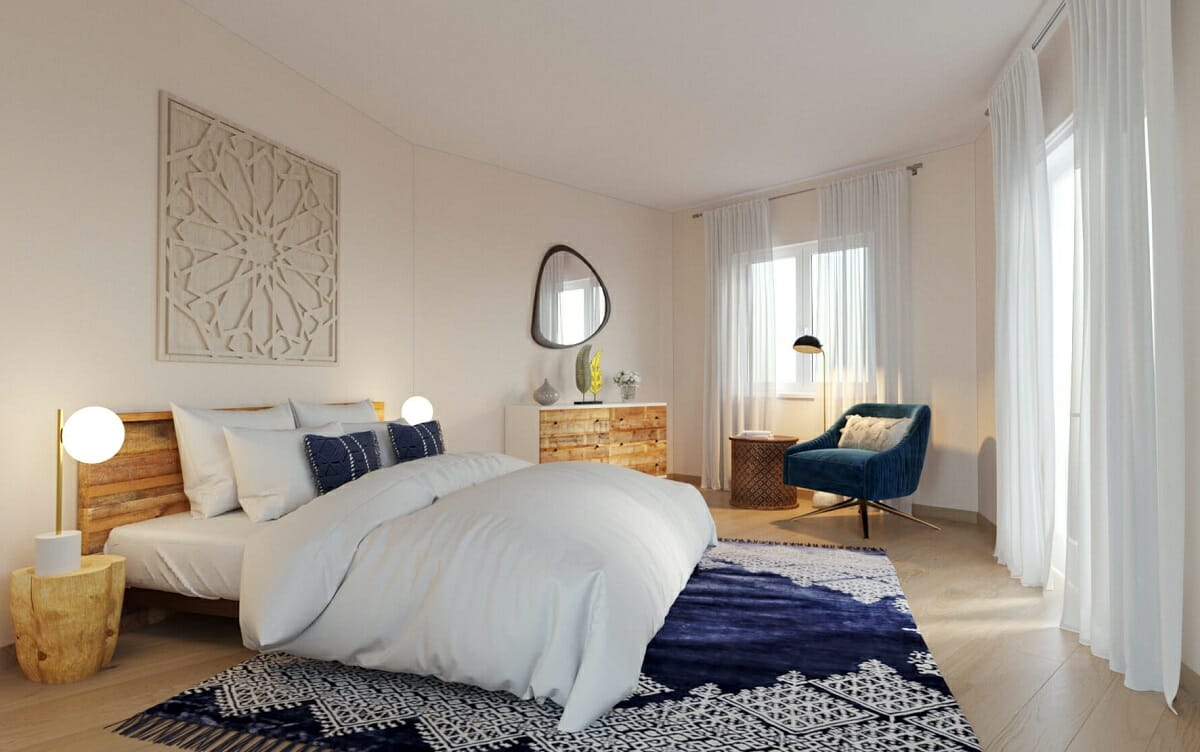
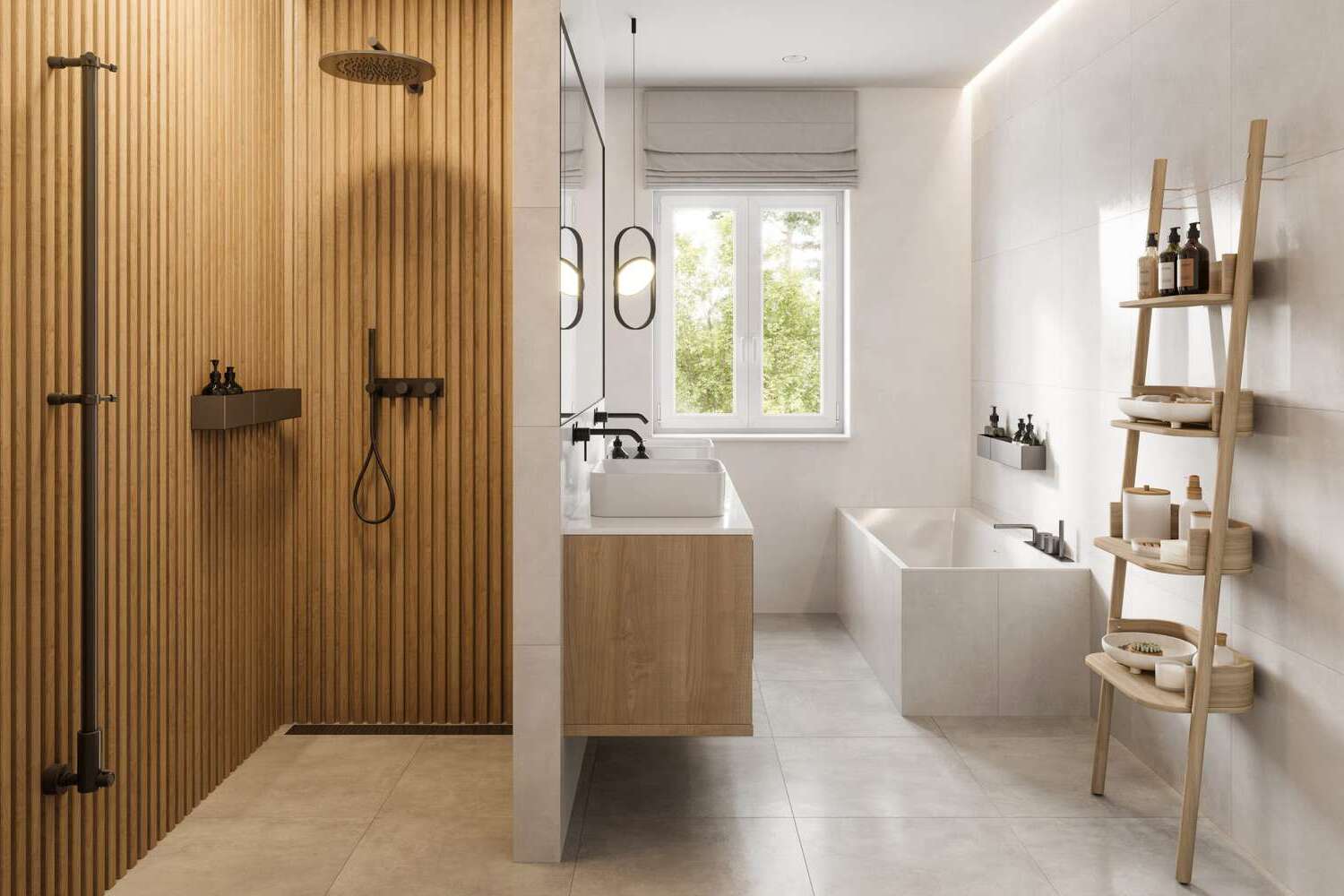
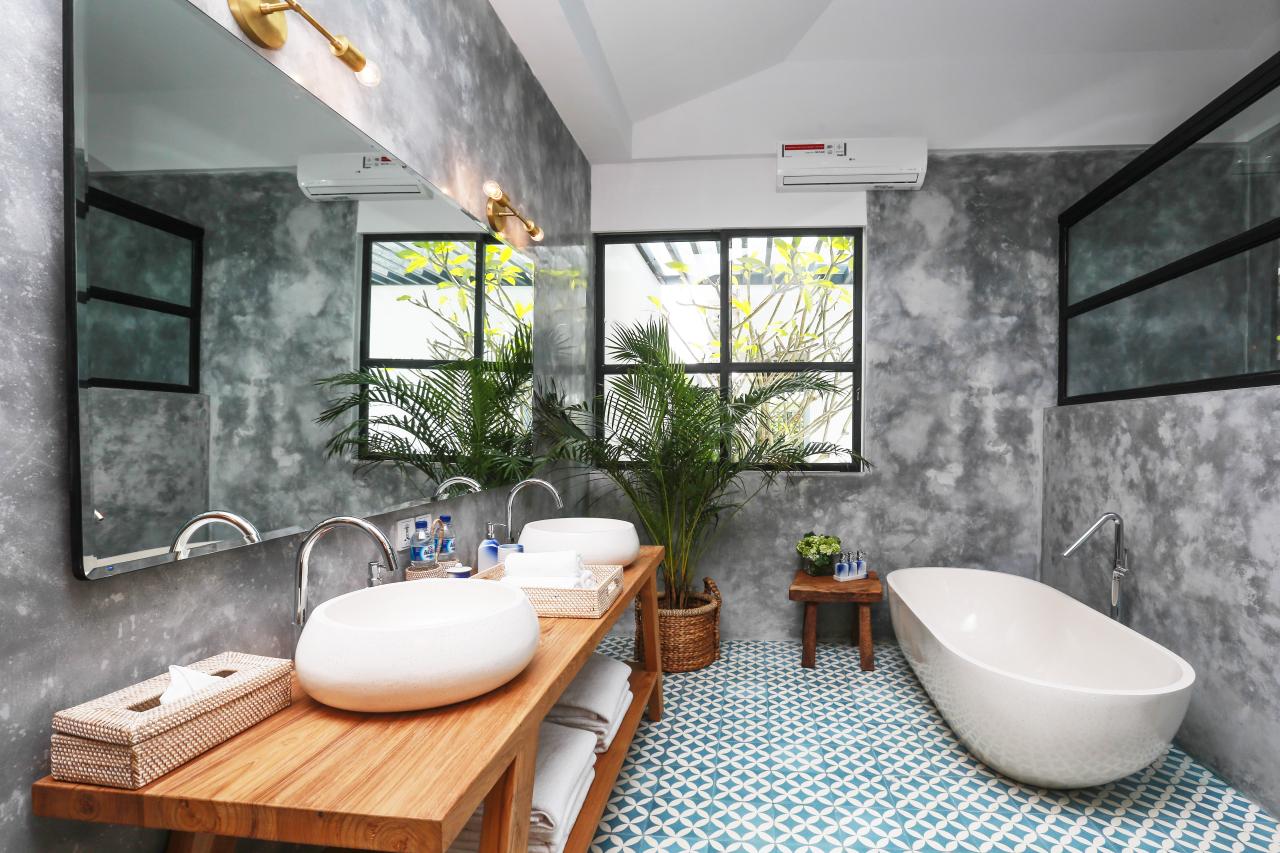
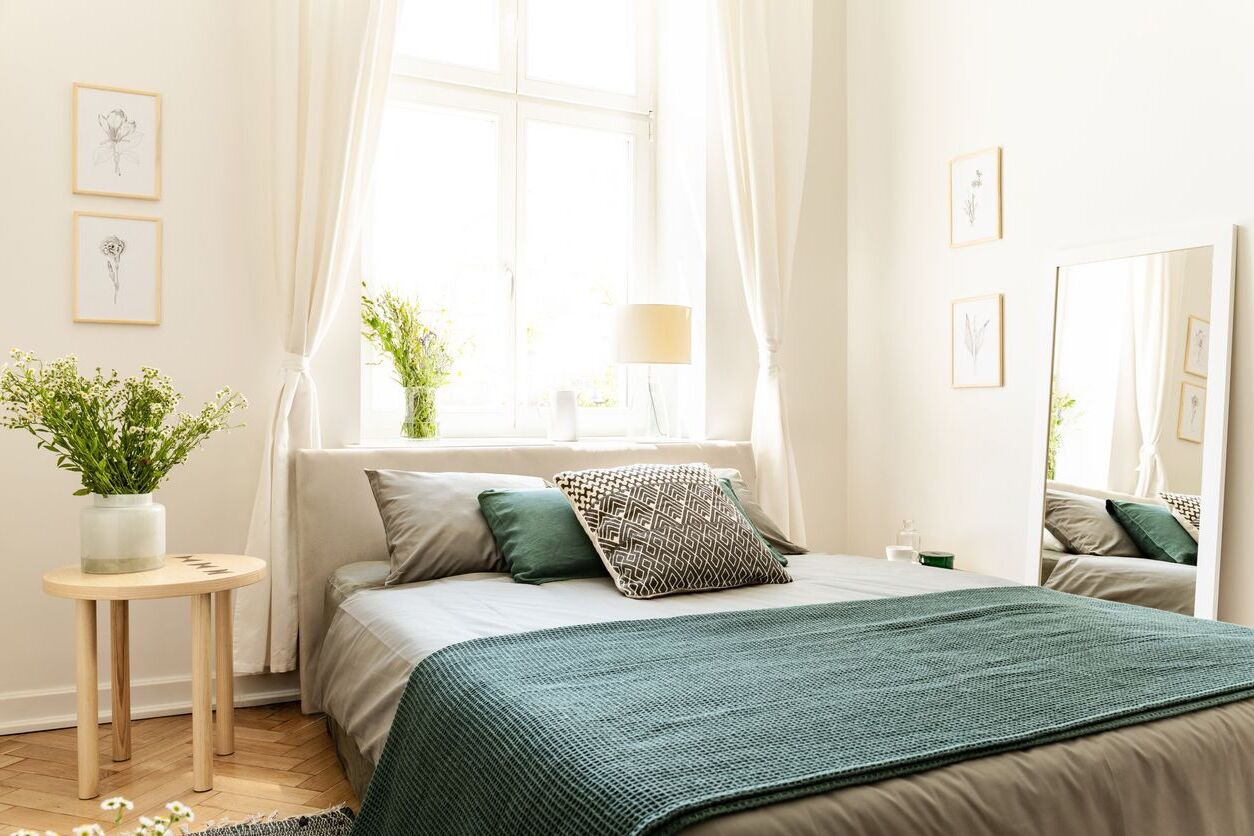
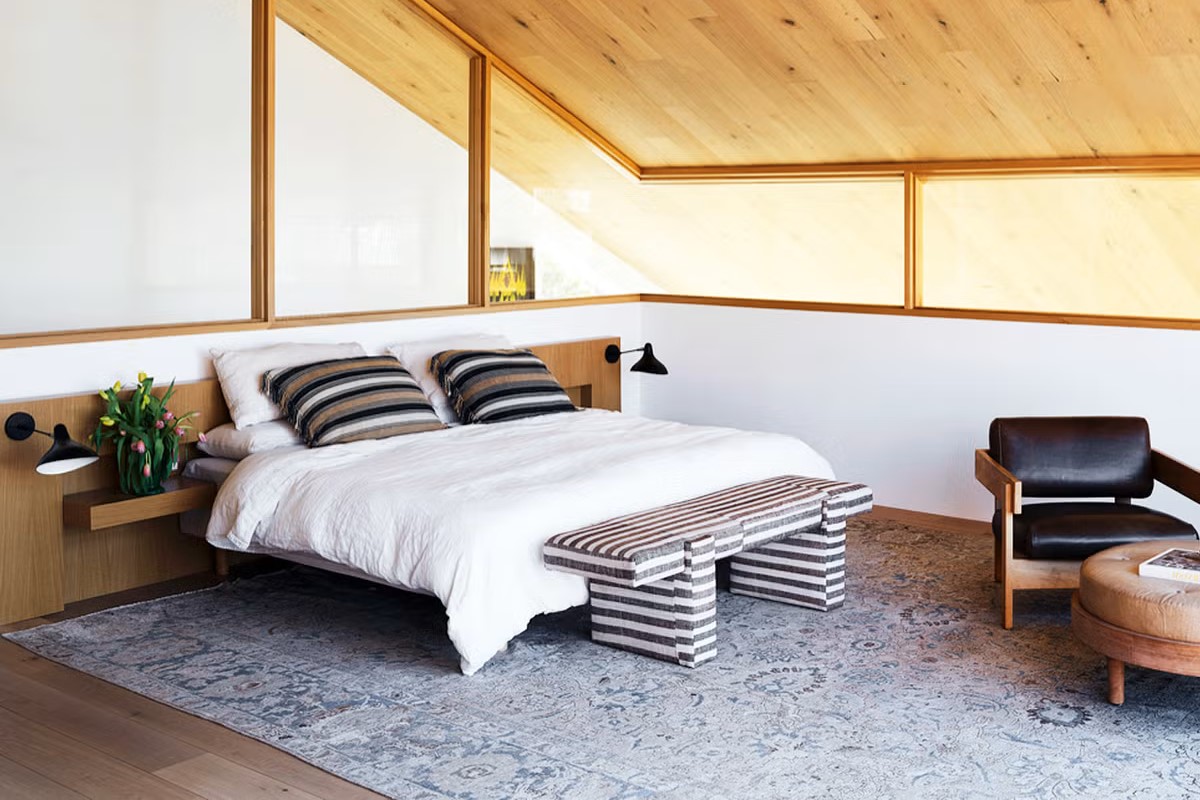
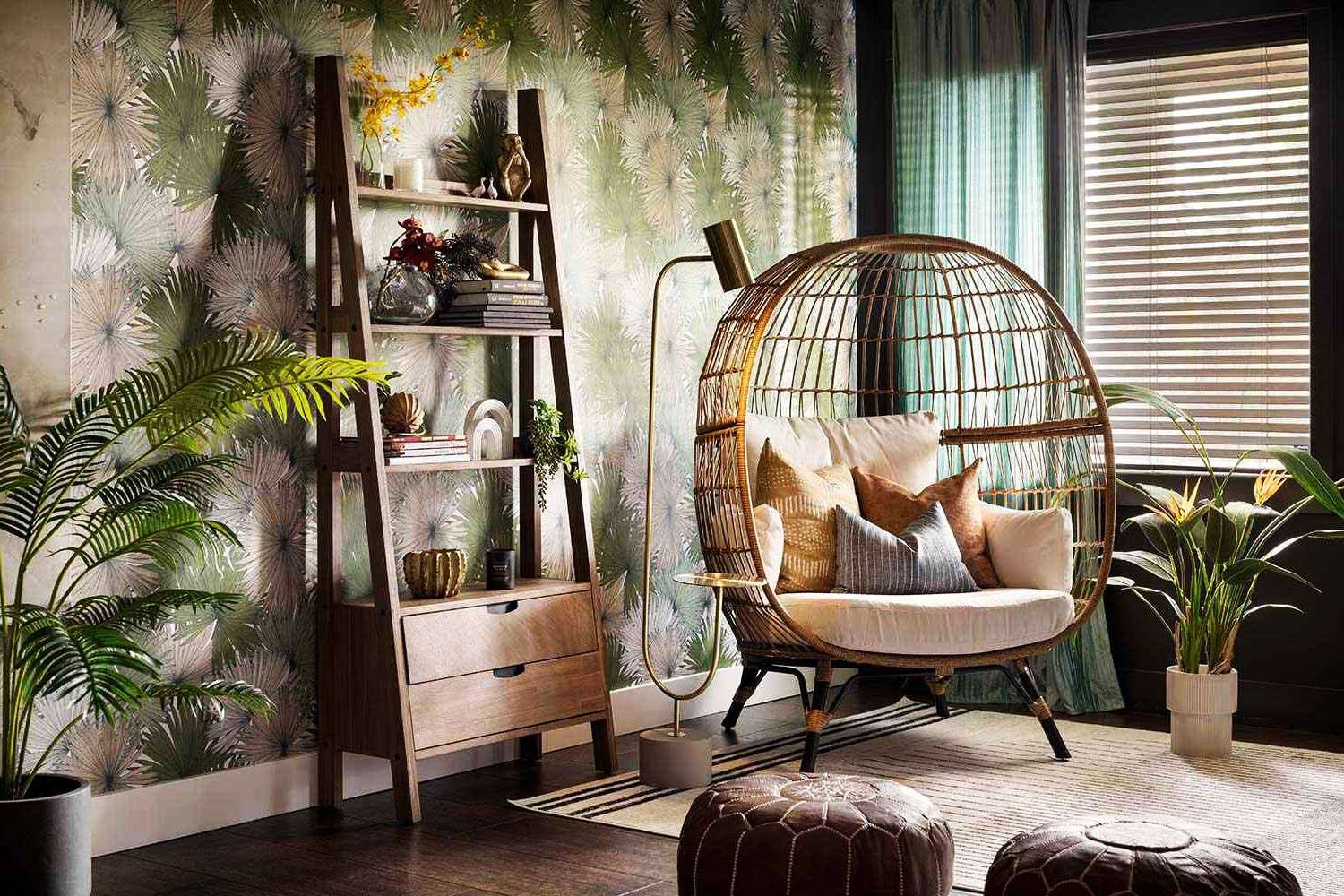

0 thoughts on “Bedroom Color Trends Creating A Relaxing Sleep Environment”